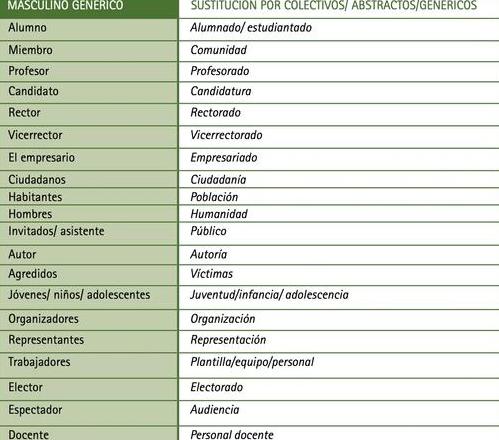启迪是什么意思?
Okay, here's a rewritten version aiming for a slightly more casual yet professional and natural tone:Basically, '启迪' (qǐdí) is all about sparking new thoughts or insights in someone, essentially lighting their path through guidance or some kind of revelation. You'll find this idea popping up all over the place – think education, culture, the arts, and science.
At its core, it's about steering people's thoughts, helping them see things from fresh angles and come up with novel ideas or approaches. This usually builds on what people already know or have experienced, kind of stirring up their curiosity, making them want to explore more, and unleashing their creativity. The end goal is often to help them grasp the deeper nature of something and find new ways to tackle problems.
In the education game, this is a h2gie.启迪-focused learning is all about getting students to think critically and be creative. It's less about just handing over facts and more about offering guidance to help students develop their own independent thinking and innovative skills. Here, teachers step up as guides for thinking, not just as knowledge dumpers.
When it comes to culture, getting启迪 can really deepen your understanding and boost your cultural smarts, helping you see the h2ger picture. It allows for a richer grasp of different cultures, making it easier to pass them on and keep them vibrant.
Similarly, in the arts, it's about enhancing your appre ciation and broadening your artistic horizons. Getting启迪 helps you connect more deeply with art and understand it better, leading to more meaningful appre ciation and maybe even some creative output of your own.
And in the world of science, it's a major driver of progress. Scientists often get their breakthroughs from some kind of mental 'aha!' moment, leading them to new questions or hypotheses that push research forward. Even in science education, this kind of inspiring approach is key – it gets kids excited about discovery, curious about how things work, and sharpens their scientific thinking and ability to innovate.
So, in short,启迪 is a way of leading and inspiring, encouraging fresh perspectives and offering new ways to go about things. It taps into curiosity, the desire to explore, and creative thinking. It's genuinely valuable across the board, acting as a powerful force behind advancements in our culture, technology, and society as a whole.
启示、启发、启迪的区别是什么呢?
1 . 基本含义有所区别启示【注音】:qǐshì【释义】:让人受到启发并有所领悟:这篇文章对他产生了很大的启示。启发【注音】:qǐfā【释义】:①通过引导让人产生联想并领悟:启发式教学|这番话语给了我很大的启发。
②解释说明:启发篇章,校理秘文。
启迪【注音】:qǐdí【释义】:启发;启示:启迪后人|文章具有很高的启迪价值。
2 . 使用侧重点不同启发通常是指一个人引导另一个人的思维活动。
启示则更关注具体的小事。
启发强调的是“发”,即通过某种方式举例说明,促使他人思考并领悟;而启示强调的是“示”,即直接揭示事物中的道理,使人获得认识和提高。
这三个词汇是近义词。
参考资料:近义词,即意义相同或相近的词汇,例如“美好”和“美妙”、“懒惰”和“怠惰”、“枯萎”和“干枯”、“宽敞”和“宽阔”。
与“近义词”意思相近的词为同义词。
含义:(1 )词义的轻重程度:一些近义词在概念上相似,但在程度上有区别。
比如:“信任”和“相信”。
“相信”意味着认为正确或确信而不怀疑,程度较轻;“信任”则意味着相信并敢于托付,程度较深。
(2 )词义的侧重点:“诡辩”和“狡辩”都表示无理强辩。
但“诡辩”侧重于“诡”,即欺诈、怪异,用欺诈的手段、奇怪的言辞、似是而非的论证来为自己错误的辩护;“狡辩”则侧重于“狡”,即不诚实,耍花招,歪曲事实,狡猾地为自己错误的言行辩护。
(3 )词义范围的大小:“开垦”、“开拓”、“开辟”都有“开发”的意思。
但“开垦”指将荒地开发为可耕种的土地,“开拓”指在原有开发基础上进行扩充,两者词义范围较小;“开辟”则强调新开发、新开创,词义范围较大。
(4 )词义的使用对象:有些词尽管意义相近,但适用于不同的对象和情况。
“领略”和“领会”都有“理解、体会、认识”的意思。
但前者侧重于情感上的体验、欣赏,可以与“风味”“风光”等搭配;后者则侧重于理性上的了解、体会,适用于抽象事物,可以与“”“道理”等搭配。
参考资料:百度百科-近义词




